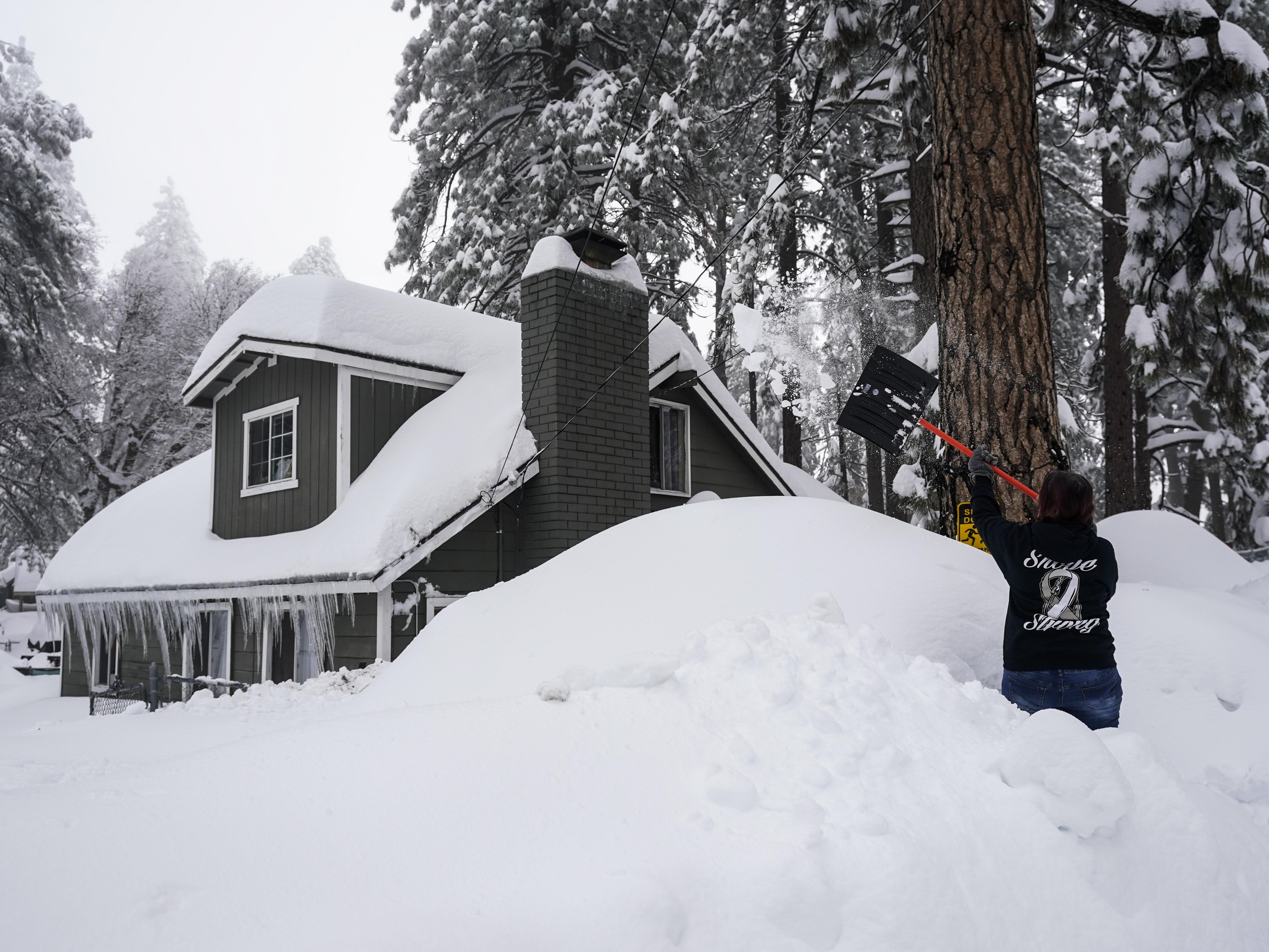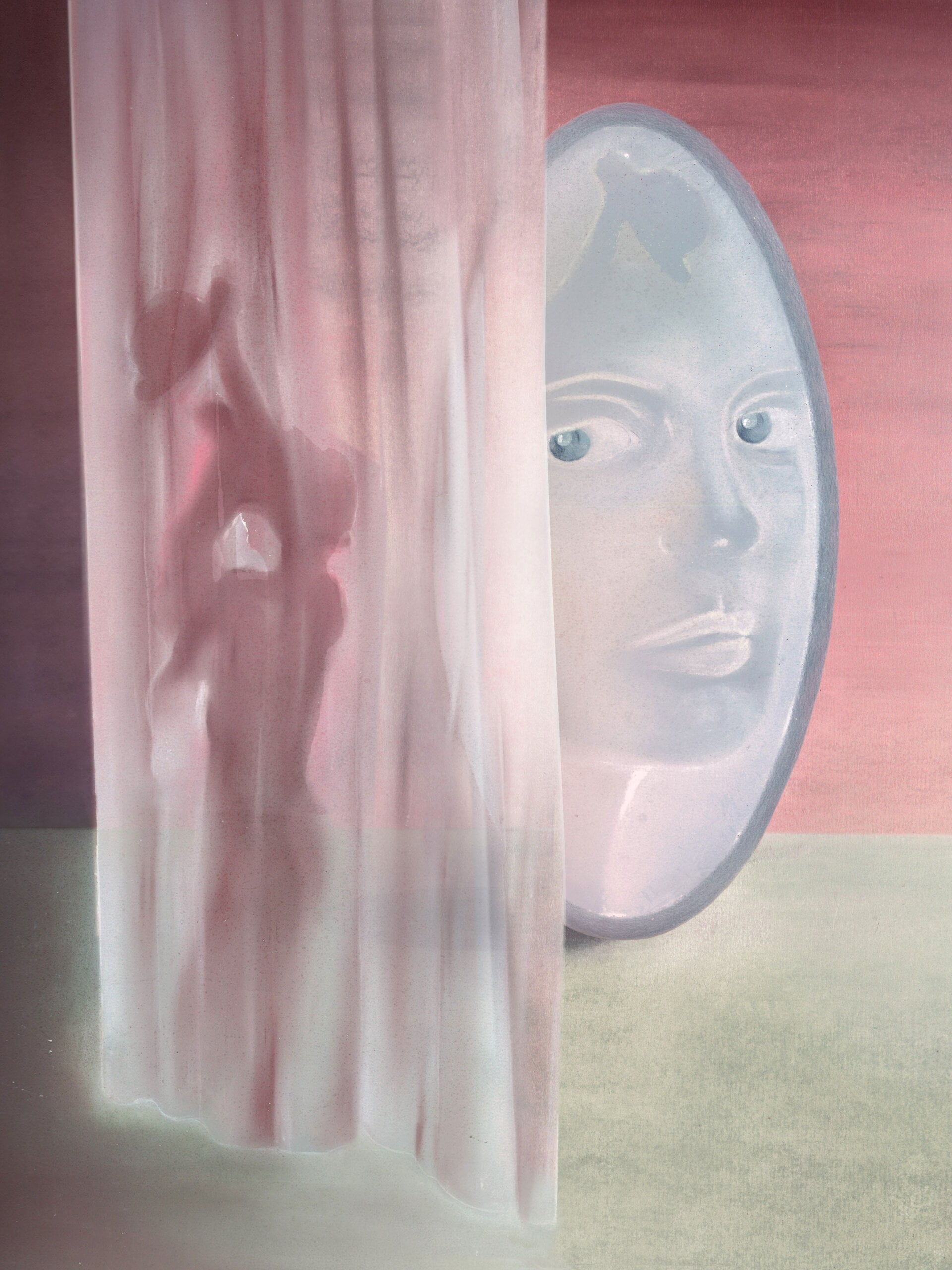- Spray Paint Vs Brush Paint: The Ultimate Showdown for Outdoor Furniture - November 13, 2024
- How Do You Make a Pool Party Special: 10 Sizzling Ideas! - October 23, 2024
- Does White Vinegar Harm Metal Furniture? Protect Your Investment Now! - October 23, 2024
A hot tub typically uses more electricity in winter due to increased heating requirements. However, the exact amount varies depending on factors such as insulation, temperature setting, and usage patterns.
Understanding Hot Tub Power Consumption
Hot tub power consumption in winter varies based on factors like insulation, temperature, and usage frequency. Efficiently managing hot tub power can save electricity and lower energy bills.
During the winter months, it’s important to be aware of the power consumption of your hot tub to avoid any surprises when it comes to your energy bill. Understanding the factors that affect hot tub power usage and exploring energy-efficient models can help you make informed decisions and keep costs in check.
Let’s delve into this topic further:
Factors Affecting Hot Tub Power Usage:
- Water temperature: The desired water temperature affects the power consumption of your hot tub. The higher the temperature, the more electricity it will use to maintain that level of warmth.
- Insulation: Good insulation helps to conserve heat and minimize energy loss, resulting in lower power usage. Insulated hot tubs are designed to retain heat, reducing the strain on your electricity consumption.
- Location and climate: The external temperature and climate in your area play a significant role in how much power your hot tub uses. In colder regions, where the ambient temperature is much lower, hot tubs tend to utilize more electricity to maintain optimal water temperature.
- Tub size and design: The dimensions and design of your hot tub can impact power consumption. Larger tubs generally require more energy to heat up and maintain the desired temperature compared to smaller ones.
Energy-Efficient Hot Tub Models:
Investing in an energy-efficient hot tub can help you save on electricity costs in the long run. Here are some features to look for in such models:
- Well-insulated cabinet: Hot tubs with high-quality insulation and well-sealed cabinets minimize heat loss and reduce the need for constant heating.
- Efficient circulation pumps: Opt for models with energy-efficient circulation pumps that efficiently distribute heated water throughout the tub.
- Programmable settings: Hot tubs with programmable settings allow you to schedule specific operating hours, ensuring it runs only when needed.
- LED lighting: LED lights consume less energy than traditional lighting options, contributing to overall energy efficiency.
- Energy-saving mode: Some hot tubs offer an energy-saving mode that reduces power consumption during periods of non-use or inactivity.
- Modern heating technology: Look for hot tubs that utilize advanced heating technology, such as efficient insulation, digital temperature control, and smart thermostats, to optimize power usage.
By understanding the factors influencing hot tub power consumption and exploring energy-efficient models, you can enjoy the warmth and relaxation without worrying about excessive electricity usage. Consider your needs, preferences, and the climate in your area when choosing a hot tub to ensure it aligns with your energy-saving goals.
Calculating Winter Power Consumption
Curious about the electricity usage of a hot tub during winter? Discover how to calculate your winter power consumption and manage your energy costs efficiently.
Estimating Electricity Usage Based On Temperature
When it comes to calculating the power consumption of your hot tub during winter months, temperature plays a crucial role. The colder it gets outside, the more energy your hot tub will need to maintain the desired water temperature. Here are a few factors to consider when estimating electricity usage based on temperature:
- Heater operation: The primary energy-consuming component of a hot tub is the heater. As the ambient temperature drops, the heater will work harder and longer to compensate for heat loss. This increased workload translates into higher electricity consumption.
- Insulation quality: The insulation of your hot tub plays a significant role in reducing heat loss. Well-insulated tubs will require less energy to maintain temperature in colder weather compared to those with poor insulation.
- Frequency of use: How often you use your hot tub during winter also affects its power consumption. The more frequently you use it, the more electricity it will consume.
Considering these factors, it’s essential to have a clear understanding of how temperature impacts electricity usage in a hot tub during winter.
Additional Energy Consumption During Winter Months
Apart from the increased power consumption due to temperature, there are other factors that contribute to additional energy usage during the winter months. Here are some important points to consider:
- Longer heating cycles: As the outside temperature drops, the heating cycles of your hot tub will naturally become longer. This lengthened duration requires more electricity to maintain the desired water temperature.
- Jet usage: Although enjoyable, using the jets in your hot tub during winter requires additional energy. The jets create movement in the water, dissipating more heat and leading to increased energy consumption.
- Cover usage: During winter, the use of a hot tub cover becomes crucial. While a cover helps retain heat, it may also require some power if it has an automatic lift mechanism or built-in features like lights or blowers.
- Standby mode: Hot tubs often have a standby or economy mode, which reduces power consumption when the tub is not in use. However, during winter, the standby mode may consume slightly more energy to prevent freezing and ensure that the tub is ready for use.
Understanding the correlation between temperature and electricity consumption is essential when estimating the power usage of your hot tub during winter. Taking into account factors like heater operation, insulation quality, frequency of use, longer heating cycles, jet usage, cover usage, and standby mode will help you comprehend the additional energy consumption during the winter months.
Minimizing Power Consumption In Winter
The winter months often require increased power consumption for hot tubs. Understanding how much electricity a hot tub uses in winter can help minimize power consumption and save on energy costs.
Winter can be a challenging time for hot tub owners when it comes to power consumption. However, there are several strategies you can implement to minimize the electricity usage of your hot tub during the colder months. By considering insulation and cover options, as well as utilizing programmable timers and energy-saving settings, you can keep your hot tub running efficiently and save on electricity bills.
Insulation And Cover Options:
- Quality insulation: Ensure that your hot tub has proper insulation to keep the heat in and prevent energy loss. This will not only help maintain the water temperature but also reduce the amount of electricity needed to heat it up.
- Thermal covers: Invest in a high-quality thermal cover for your hot tub. These covers are designed to provide maximum heat retention and minimize heat loss through evaporation. They act as a barrier, preventing cold air from entering the hot tub and reducing the amount of energy required to maintain the desired temperature.
- Cover customization: Consider adding additional insulation to the hot tub cover. Some manufacturers offer customizable options like thicker foam inserts or double-sealed covers that provide extra insulation, further reducing heat loss.
Programmable Timers And Energy-Saving Settings:
- Utilize programmable timers: Take advantage of programmable timers that allow you to schedule the operation of your hot tub. Set the timer to run during off-peak hours when electricity rates may be lower. This way, you can save on energy costs without compromising your hot tub experience.
- Energy-saving modes: Many hot tubs come equipped with energy-saving settings. These modes optimize the heating cycles and operation of the tub, reducing power consumption without sacrificing comfort. Activate the energy-saving mode during winter to ensure your hot tub operates efficiently.
By implementing these strategies, you can minimize the electricity consumption of your hot tub in winter. Proper insulation and the use of thermal covers can significantly reduce heat loss, while programmable timers and energy-saving modes can further optimize power usage.
Not only will these practices help you save on electricity bills, but they will also ensure that you can enjoy your hot tub while being mindful of its environmental impact. So go ahead and relax in your hot tub this winter, knowing that you’re keeping the power consumption in check.

Credit: www.capradio.org
Cost Analysis: Winter Hot Tub Usage
Discover the cost analysis of winter hot tub usage and find out how much electricity a hot tub consumes during the colder months. Gain insights into the energy usage of hot tubs and make informed decisions for a cozy and budget-friendly winter experience.
Determining Electricity Costs
When it comes to the cost analysis of using a hot tub in winter, it’s essential to understand how much electricity is consumed. By comparing the power consumption in winter versus summer, you can get a better idea of the financial implications.
Here are some key points to consider:
- Heating requirements: During winter, the hot tub heater works harder to maintain the desired temperature due to the colder ambient air. This increased heating demand leads to more electricity consumption.
- Longer heating cycles: In winter, the hot tub typically takes longer to heat up, resulting in longer and more frequent heating cycles. This extended operation time contributes to higher electricity usage.
- Additional energy-saving measures: To minimize heat loss and reduce electricity costs, you can employ energy-saving strategies such as using a hot tub cover, insulating the tub, or utilizing a thermal blanket. These measures help retain heat and lessen the load on the heater.
Comparing Winter And Summer Power Consumption
Understanding the differences in power consumption between winter and summer can give you insights into the cost variations. Here are some key factors to consider:
- Ambient temperature: In winter, the colder outdoor temperatures exert more influence on the hot tub, causing it to lose heat faster. This loss necessitates more heating cycles and subsequently increases power consumption. In contrast, during summer, the warmer weather reduces the demand for heating, resulting in lower energy usage.
- Filtration and pumping: Although filtration and pumping are essential regardless of the season, winter usage may require more frequent water circulation to prevent freezing or algae growth. This increased circulation can contribute to slightly higher power consumption.
- Insulation effects: Depending on your hot tub’s insulation quality, the impact of seasonal variations in power consumption may vary. Well-insulated tubs tend to experience less heat loss during winter, leading to relatively lower electricity costs compared to poorly-insulated ones.
Considering these factors, it’s important to factor in both the increased heating demand and potential energy-saving measures when determining the electricity costs associated with winter hot tub usage. By planning accordingly and utilizing energy-saving practices, you can mitigate the impact on your wallet while enjoying a relaxing soak even in the coldest months.
The Impact Of Winter Power Consumption On The Environment
Winter power consumption has a significant impact on the environment. When it comes to hot tubs, understanding the amount of electricity they use in winter is crucial. It’s important to be conscious of this consumption to minimize the environmental footprint.
Winter power consumption in relation to hot tub usage has significant implications for the environment. As hot tubs require a considerable amount of electricity to heat the water to desired temperatures, it’s important to understand the effect this usage can have on our surroundings.
Additionally, exploring sustainable alternatives can help minimize the environmental impact of hot tub ownership. Let’s delve deeper into these aspects:
Environmental Implications Of High Energy Usage
- Increased carbon footprint: Hot tubs, especially during winter, consume a substantial amount of energy, primarily from fossil fuel-based sources. This reliance on non-renewable energy contributes to the emission of greenhouse gases, such as carbon dioxide, resulting in an enlarged carbon footprint.
- Electric grid strain: During peak winter months, when most hot tubs are in use, the demand for electricity can strain power grids significantly. Power plants may have to ramp up production, leading to increased emissions and potential strain on the energy infrastructure.
- Resource depletion: Non-renewable energy sources used to power hot tubs are finite. By relying on them excessively, we contribute to the depletion of resources that are vital for future generations.
- Water consumption: While not directly related to energy consumption, hot tubs require water to be filled and refilled periodically. This can strain local water resources, especially in regions already experiencing water scarcity or drought conditions.
Sustainable Alternatives For Hot Tub Owners
- Energy-efficient models: Opting for energy-efficient hot tub models can significantly reduce power consumption during winter. Look for hot tubs with high insulation ratings, energy-saving pumps, and efficient heating systems. These features help minimize energy use while maintaining optimal water temperatures.
- Renewable energy sources: Consider powering your hot tub with electricity from renewable sources. Installing solar panels or connecting to a local renewable energy grid can reduce your environmental impact and lower your reliance on fossil fuels.
- Timers and covers: Using timers to control hot tub operation allows you to schedule heating cycles, ensuring the tub is only heated when needed. Additionally, utilizing a high-quality cover traps heat, reducing energy loss and the need for constant heating.
- Proper maintenance: Regular hot tub maintenance helps optimize energy efficiency. Ensuring proper insulation, regularly cleaning filters, and keeping the water chemistry balanced can minimize energy waste and extend the lifespan of your hot tub.
- Smart monitoring systems: Investing in smart monitoring systems for your hot tub allows you to keep track of energy consumption and adjust usage accordingly. These systems can provide valuable insights into your hot tub’s energy efficiency and help identify areas for improvement.
By understanding the environmental implications of winter power consumption for hot tubs and adopting sustainable alternatives, we can minimize our impact on the environment and enjoy our hot tubs responsibly.
Frequently Asked Questions On How Much Electricity Does A Hot Tub Use In Winter
Do Hot Tubs Use More Energy In Winter?
Yes, hot tubs do use more energy in winter due to the colder temperatures.
How Much Electricity Does A Hot Tub Use Per Month?
A hot tub typically uses around 500-1500 kilowatt-hours (kWh) of electricity per month.
Should I Run My Hot Tub All Winter?
Yes, it is advisable to run your hot tub all winter for proper maintenance and prevention of freezing.
What Happens To Hot Tub In Winter If Power Goes Out?
During a winter power outage, a hot tub can freeze, causing damage to the pipes and equipment.
How Much Electricity Does A Hot Tub Use In Winter?
A hot tub can use between 500 to 1500 watts of electricity per hour in winter, depending on its size and settings.
Does A Hot Tub Use More Electricity In Winter?
Yes, a hot tub uses more electricity in winter due to the colder ambient temperature, which requires the heater to work harder to maintain the desired temperature.
How Can I Reduce Hot Tub Electricity Usage In Winter?
You can reduce hot tub electricity usage in winter by ensuring proper insulation, using a thermal cover, lowering the temperature when not in use, and optimizing the filtration and circulation settings.
Is It Cost-Effective To Run A Hot Tub During Winter?
Running a hot tub during winter can be cost-effective if you take energy-efficient measures like insulating the tub, using a cover, and following proper maintenance routine.
Can I Use Solar Power To Heat My Hot Tub In Winter?
Yes, you can use solar power to heat your hot tub in winter by installing solar panels to power the tub’s heater and reduce electricity consumption.
How Does Winter Temperature Affect Hot Tub Electricity Usage?
In winter, the lower ambient temperature causes the hot tub’s heater to work harder, resulting in increased electricity usage to maintain the desired water temperature.
Conclusion
To sum up, a hot tub can be a luxurious addition to any home, providing relaxation and therapy all year round. However, it’s important to be aware of the electricity usage, particularly in winter. As we have discussed, the amount of electricity a hot tub uses in winter depends on various factors such as insulation, temperature settings, and frequency of use.
By following some energy-saving tips, such as using a high-quality cover, maintaining proper water temperature, and investing in energy-efficient models, you can minimize the electricity consumption of your hot tub during the colder months. Additionally, it’s worth considering alternative energy sources, such as solar power or heat pumps, to further reduce your environmental impact and energy costs.
So, with a little planning and mindful energy usage, you can enjoy your hot tub in winter while minimizing its electricity consumption.



